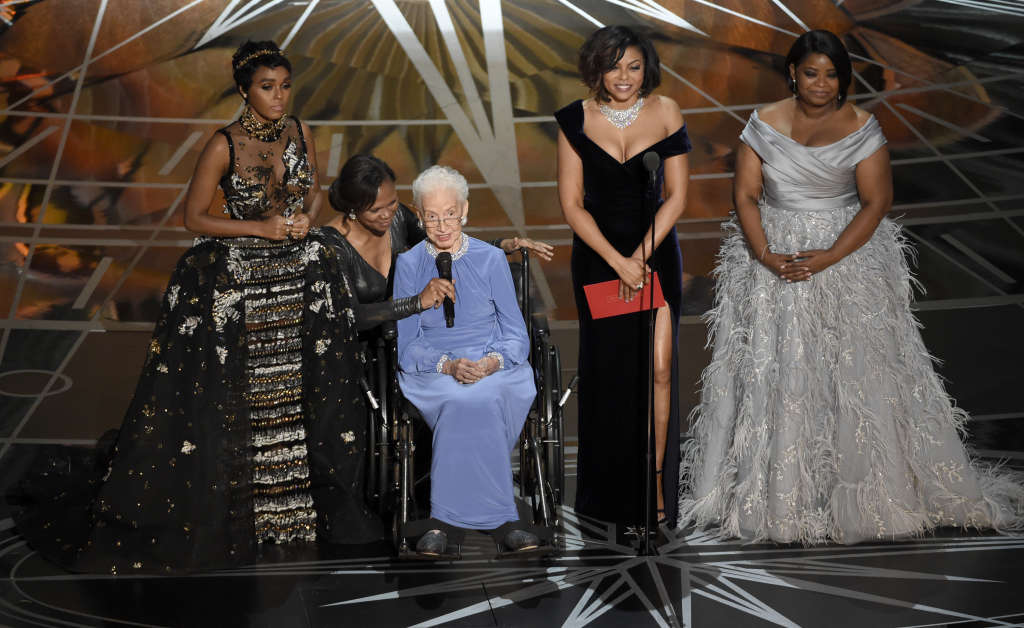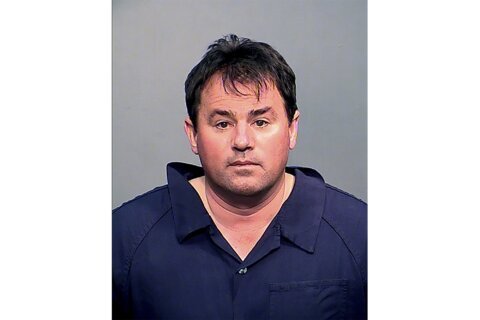WASHINGTON — It’s rare for an author’s first book to be turned into a movie, let alone an Oscar-nominated film. But for Virginia-based Margot Lee Shetterly, that’s exactly what happened.
Her debut novel, “Hidden Figures,” tells what was, until recently, a largely unknown story about four NASA employees who helped send America to space.
Unlike popular culture’s depictions of a majority male and predominantly white operation, the NASA mathematicians featured in “Hidden Figures” are neither male nor white. It’s a true story about four black women — Dorothy Vaughan, Mary Jackson, Katherine Johnson and Christine Darden — whose genius contributions made the country’s space program possible.
Shetterly, whose father was one of NASA’s first black engineers, grew up in Hampton, Virginia, not far from where the story takes place at the NASA Langley Research Center. In fact, she knew many of the people profiled in “Hidden Figures.”
“The people that I write about were people that knew my parents and that I knew from the time I was a little girl,” Shetterly said. “It made it very easy to say, ‘Hey, let’s call up Katherine Johnson and, you know, go and sit on her couch and talk about the work that she did.’”
But it was only recently that Shetterly discovered the importance of Johnson’s work.
“You heard a lot about what the engineers did, the astronauts did, but you did not hear about the women whose calculations were really necessary,” she said.
“One reason is, these women, like most people in the country, they just got up, they went to work — they did this work that just happened to be very interesting, extraordinary, groundbreaking aeronautical research — and then they came home and they did the things that most people do. They took care of their kids, they spent time with their neighbors, they went to church on Sunday or were Girl Scout leaders, and they didn’t talk about their work.”

The women in the story were part of NASA’s dedicated group of female mathematicians, known as “human computers.” Only, they didn’t have much in the way of computers to work with.
“Our phones have so much more complexity than was available, even to the primitive computers back in the early 1960s and late 1950s. And to think that these women were responsible for doing that work beforehand and getting the work right — it’s really remarkable to me how much human ingenuity was responsible for in terms of technological advances in the 20th century,” Shetterly said.
Shetterly hopes the success of “Hidden Figures” encourages more women to pursue careers in math and science. And looking to the past is the perfect way to inspire future generations.
“Let’s look back and see what women were doing 30, 40, 50, 60, 70, 80 years ago and realize that we should normalize those contributions,” Shetterly said.
“We should say, ‘Hey, we expect to see women doing this work because they’ve been very successful doing that work in the past.’”







